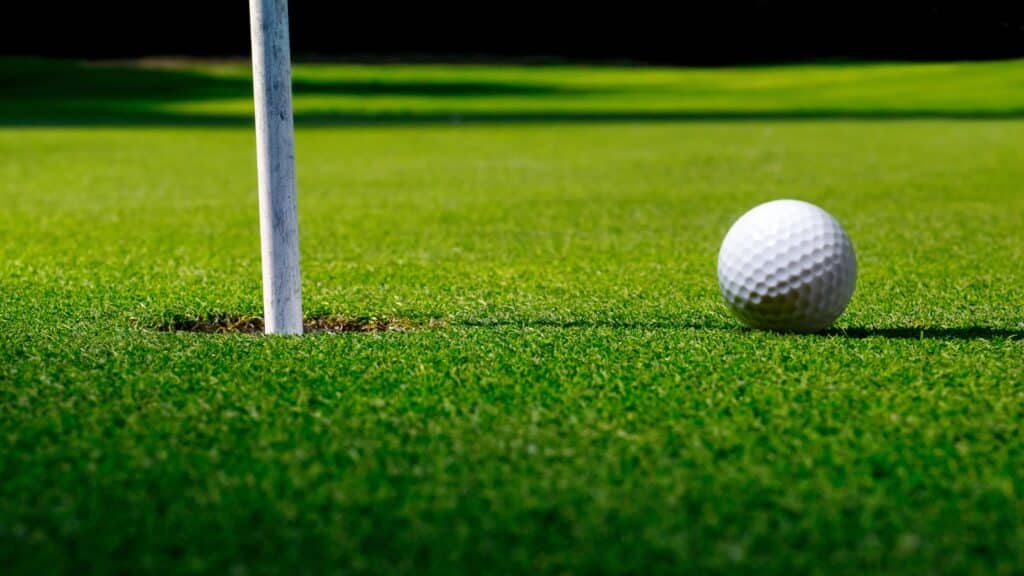
Achieving the perfect playing surface on a golf course is a testament to the intricate science and artistry of grass management. The secret lies in selecting the right grass seed, which can significantly influence the course’s playability and aesthetics. Golf course superintendents and greenkeepers recognize that not all grasses are created equal when it comes to withstanding the rigors of golf.
Let’s look at some critical considerations for choosing the ideal turfgrass seed to ensure optimal performance on golf courses.
Climate
Climate is an essential factor in selecting the ideal grass seed for any golf course. The specific environmental conditions of a region, including temperature, precipitation, and sunlight, directly impact the success and performance of turfgrass. Golf courses in hot and arid climates might benefit from drought-resistant grass varieties like Bermuda grass. At the same time, those in cooler, northern regions may thrive with cool-season grasses like Bentgrass or Fescue. Understanding the local climate’s nuances is crucial for ensuring the turf can withstand the challenges posed by weather, minimize water requirements, and maintain its lush green appearance, ultimately contributing to a superior golfing experience.
Soil Type
Next, it is crucial to consider the type of soil that you will be planting your grass in. Different grass species have varying soil preferences, and understanding your course’s soil composition is essential for optimal turf performance. For instance, sandy soils may require grass varieties with good drought resistance and a preference for well-draining substrates, such as Bermuda grass. In contrast, heavy clay soils might benefit from grasses like Kentucky bluegrass, known for their adaptability to moisture-retentive conditions. Conducting soil tests and analyses helps golf course managers pinpoint their soil’s characteristics and pH levels, enabling them to make informed choices that ensure the turfgrass flourishes, maintains its durability, and presents a visually appealing surface.
Sunlight Exposure
Finally, consider the sunlight exposure of your golf course. The amount of sunlight a particular course area receives directly affects the grass’s ability to photosynthesize and thrive. Bermuda grass and Zoysia grass excel in full sun conditions, with robust tolerance to high light levels and heat. On the other hand, shaded areas, common around trees or buildings, may require shade-tolerant grasses like fine fescue or creeping Bentgrass. Understanding the sunlight patterns across the course is vital for ensuring uniform turf coverage, preventing thinning or dieback, and creating an aesthetically pleasing and well-maintained playing surface for golfers to enjoy.
Selecting the right turfgrass for optimal performance on your golf course involves considering factors like climate, soil type, and sunlight exposure. At Noble Turf, our experienced team can guide you through the process, ensuring you choose a turfgrass variety that thrives in your specific environment.
Noble Turf takes immense pride in being more than just a turfgrass supplier – we are your trusted partner in comprehensive lawn care solutions. Serving the Mt. Laurel, NJ, Egg Harbor Township, NJ, and Warminster, PA areas, our top priority is providing value to you, our valued customer. Our team of dedicated professionals collectively embodies over 150 years of turfgrass experience, making us a trusted authority in the industry.
Whether you’re a homeowner, a golf course superintendent, or a landscaper, our expert team is here to ensure your lawn is nothing short of perfection—call (856) 273-5939 or complete our online contact form to schedule a consultation.
___________________________________________________________________________________
Sources:
https://playtimberstone.com/uncategorized/types-of-grass-on-golf-courses/